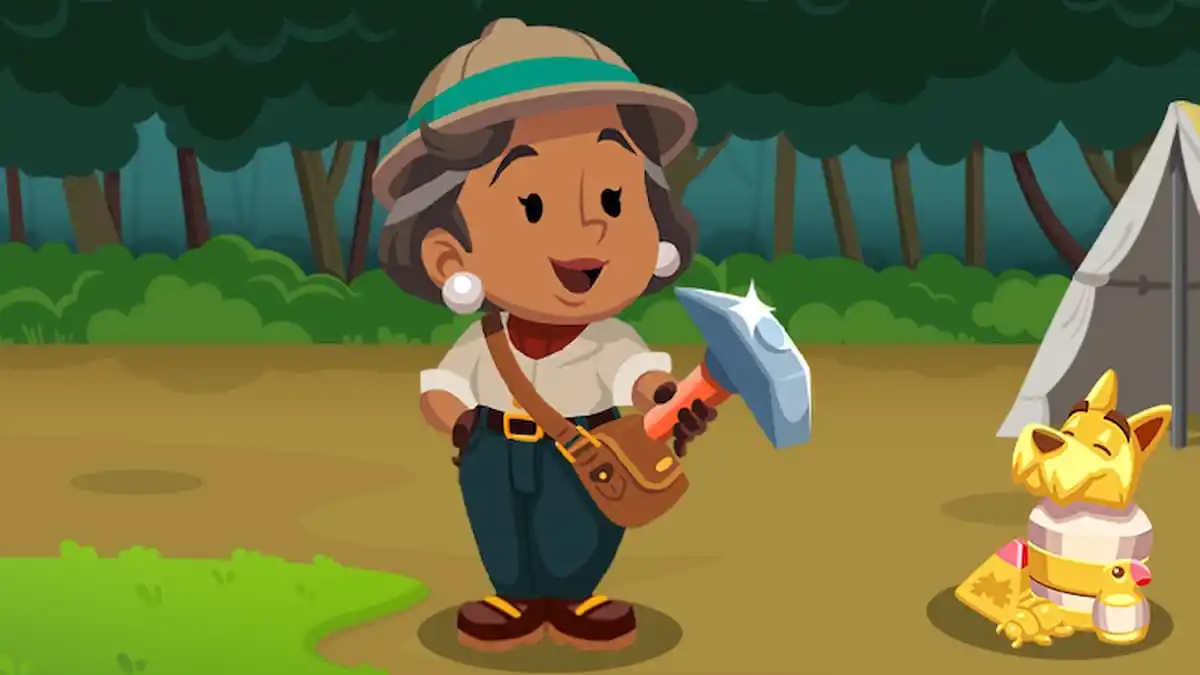It can be hard to provide for all the needs of your citizens in Manor Lords, especially when you’re just trying to get your economy off the ground and running. When you can’t produce, trade is your best bet, and here’s how it’s done.
To even start trade you need two things: A Trading Post and Regional Wealth.
A Trading Post is straightforward. You find it under the Trade tab in the construction menu. It costs four timber to build. Shouldn’t be a problem.
Regional wealth can be gained in a couple of ways. The first is by setting Land Tax at your manor. Careful: Being taxed makes people upset and lowers your approval. Understandable.
The second way is by trade, conveniently. If you’re overproducing absolutely anything, you can export it for wealth that you can then use to import something else.

How to use the Trading Post in Manor Lords
To start trading in Manor Lords, you just need to click on your Trading Post and go to the Trade tab.
There are six categories for trading: Construction, Crops, Food, Crafting Materials, Commodities, and Military. It can be somewhat difficult to discern Construction, Crops, and Crafting Materials, but you can just click around to find what you’re looking for.
Each item has a dropdown next to it that lets you set it to No Trade, Import, Export, and Full Trade. They also have a number next to them that denotes how many you want to have Surplus. Note that Surplus means what you have in reserve. If an item is actively in use (such as a weapon being assigned to a house) it doesn’t count as surplus. If you set your surplus to 10 Ale, the traders will attempt to ensure you have 10 Ale available at all times rather than 10 Ale at the pub.
Likewise, if you have it set to export, traders will attempt to reduce your surplus until it reaches that level. Once you reach what you have set as your surplus, they won’t export any more until more of it gets stockpiled. Full trade goes both ways. If you are beneath your surplus, more will be brought out, and if you’re above it, they’ll start selling it.
The numbers next to your surplus denote the export/import price. If it’s at 1/11 then that means every unit you sell will net you 1 gold (or wealth or whatever the currency is). However, if you buy one of that item, it will cost you 11. It’s useful to pay attention to this. It might be faster to import Ale, but if it’s too expensive, you might be able to just import barley and have it processed into Ale.
Some items do not allow you to trade unless you first establish a Trade Route. This is the icon on the very right-hand side of the window. This is accompanied by a number that denotes the amount of wealth you must spend to establish the trade route. This can be pretty steep. However, it assigns a traveling merchant that will arrive to deal directly with the trade of that good. You can even establish trade routes for good that don’t require one for import/export, just to take advantage of the traveling merchant they provide.
Once you have the drop-down set to either import, export, or full trade and have set a surplus, your assigned families and any traveling merchants will begin automatically sending and receiving goods. Be patient. The traders have to actually leave your town, exit the map, and come back in order for the goods to be traded. It isn’t an instant process and can take some time.






Published: Apr 26, 2024 03:15 pm